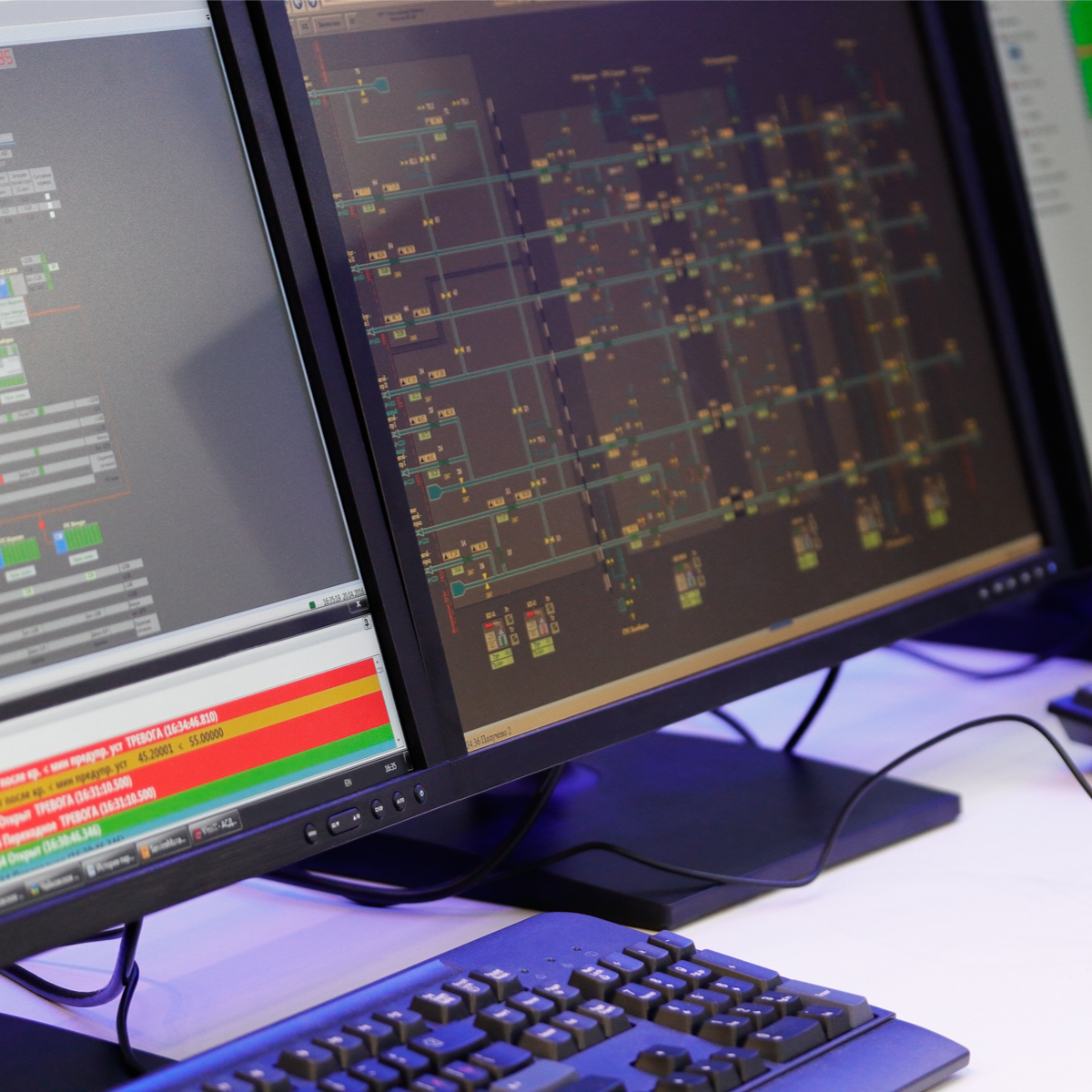
We all want to work smarter, not harder. Advancing technologies can help us to do so in a variety of ways. Over the past several decades, computer technology has granted us the ability to assign an enormous number of menial computing tasks to machinery, freeing up workers to attend to more important duties.
The more recent growth of internet technology, including the blossoming internet of things (IoT), has further increased capabilities for communication, data storage and access, and of course, the ability to manage a vast array of tasks remotely. For professionals tasked with the management and oversight of mechanical and electrical systems for commercial or industrial operations, remote monitoring advancements have opened the door to an entirely new way of functioning.
How are the technologies used in industrial trades advancing, and what are the major trends likely to dominate in 2021 and beyond? How do these remote monitoring advancements impact businesses? Are they worth implementing? Here’s what everyone from project managers, to plant operators, to mechanical technicians, should know.
What is SCADA?
Let’s start by discussing supervisory control and data acquisition (SCADA) technologies. These systems consist of both hardware and software designed to help commercial and industrial operations monitor systems through the use of sensors, process real-time data, record information and events, and allow remote control of critical system components through human-machine interface (HMI) applications.
SCADA technologies rely on the use of programmable logic controllers (PLCs), which are basically digital computers that provide for the automation and localized control of electrical and mechanical equipment, or more precisely, electromechanical processes. The monitoring capabilities and data provided by PLCs provide technicians, plant operators, and project managers with real-time information and insights that facilitate both immediate interventions and long-term planning to optimize efficiencies, avoid downtime, and generally extend the usable life of electrical and mechanical systems.
The Role of Cloud Technology
Remote monitoring is made possible by the right hardware and software solutions. For more and more businesses, this means utilizing cloud technologies that are geared toward enterprise-level operations and offer a wide range of options and features customizable to an organization’s particular needs.
Cloud-based systems are lauded for comprehensive capabilities when it comes to business administration, particularly where remote workforces are concerned, but this technology is also ideally suited to use with SCADA systems. The sheer amount of data that can be gathered, processed, and reported on in real-time, not to mention accessed remotely, is useful for maintaining operational efficiencies and avoiding costly downtime.
With cloud support, reliable, real-time monitoring of diverse systems is possible, virtually eliminating the need for round-the-clock, on-site personnel assigned to this crucial task. In some cases, remote problem-solving is possible as well.
Benefits of Remote Monitoring Advancements
Businesses interested in improving operational efficiencies, particularly in regards to critical electrical and mechanical systems, will find plenty to love about remote monitoring technologies. The benefits go far beyond immediate visibility into the status of machinery.
Remote monitoring advancements allow for both real-time and long-term data analysis. This could, for example, help technicians and engineers spot potential problems so that they can be corrected before they result in failures, costly downtime, and repairs. It could also give decisionmakers insight into ways to improve overall efficiency and optimize equipment use, potentially reducing maintenance costs and prolonging the usable life of equipment. Real-time data can also improve compliance, and remote access can allow for coordination of operations across multiple systems or sites, as well as collaboration among teams who all have access to the same data simultaneously.
Whether you’re interested in remote monitoring technologies for HVAC, boilers, or other mechanical and electrical systems throughout your organization, now is a great time to find and install the right solutions for your business. If possible, it’s best to upgrade before inclement weather hits, to make sure everything is working properly and all technicians and engineers are up-to-speed with remote capabilities in time to combat potential seasonal difficulties with equipment.
Related: 5 Reasons You Need Remote Monitoring
If you’re interested in getting this technology now, contact our expert team immediately. We’ll be happy to speak with you and help with installation. That’s what the team at Tate is here for!
